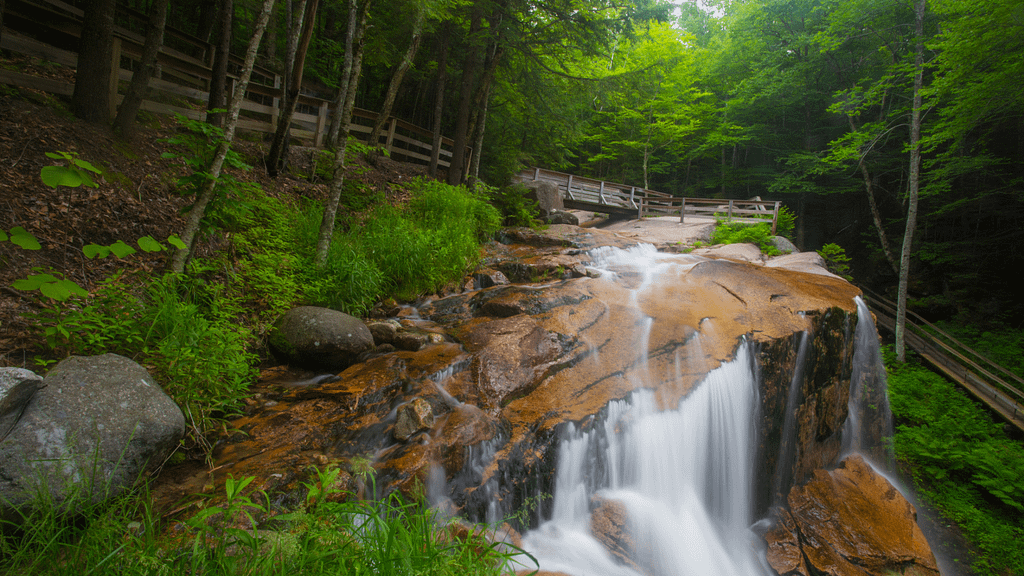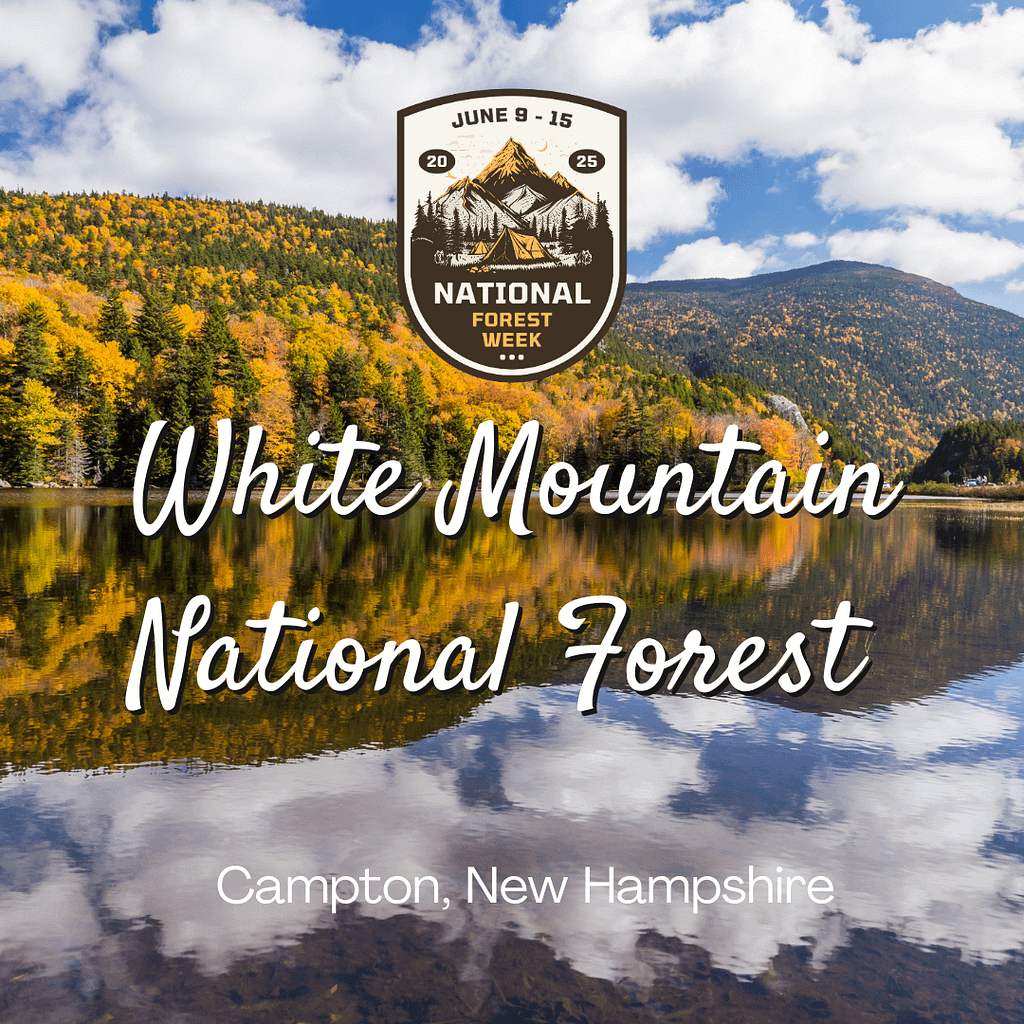
Spanning New Hampshire and reaching into Maine, the White Mountain National Forest is a stunning tapestry of natural beauty and thriving ecosystems. With its towering peaks, pristine rivers, and lush woodlands, it draws millions of visitors each year who seek adventure, tranquility, and a deep connection with nature. From its fascinating origins to the rich variety of flora and fauna found within its boundaries, the White Mountain National Forest is a treasure trove of delights waiting to be explored.
Origin and History
The White Mountain National Forest has a rich history that stretches back to the early 20th century. In the late 1800s, the region was heavily logged, leading to significant deforestation and environmental degradation. Concerned citizens and conservationists, alarmed by the rampant destruction, advocated for the protection of these lands. This movement culminated in the passage of the Weeks Act in 1911, named after Congressman John W. Weeks, a native of New Hampshire. The Act allowed for the federal purchase of private lands to create national forests in the eastern United States.
In 1918, the White Mountain National Forest was officially established, marking a pivotal moment in the conservation of northeastern forests. Over the years, the forest has expanded to encompass nearly 800,000 acres. It stands as a testament to the power of grassroots activism and the enduring importance of preserving our natural heritage.

Types of Trees
The White Mountain National Forest is a veritable arboretum, home to a diverse range of tree species that paint the landscape in vibrant hues throughout the seasons. The forest is primarily a mix of deciduous and coniferous trees, each contributing to the unique ecosystem.
Sugar Maple: Known for its brilliant fall foliage and sweet sap, the sugar maple is a staple of the New England forest. Its fiery autumnal display attracts visitors from far and wide.
Eastern Hemlock: This coniferous tree, with its delicate, feathery needles and graceful drooping branches, provides crucial habitat for many forest species.
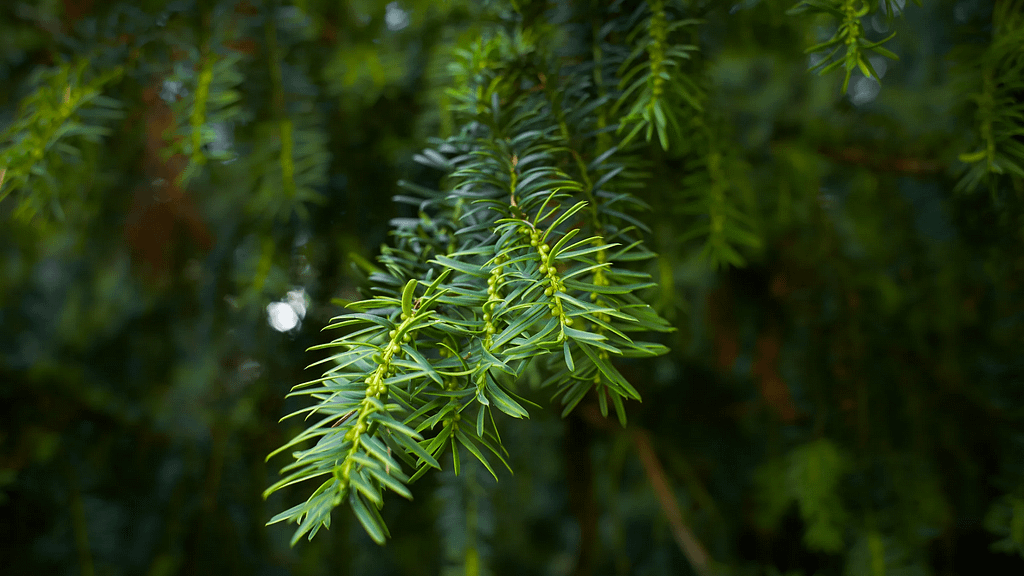
White Pine: Towering above the canopy, the white pine is emblematic of New Hampshire. Its long, slender needles and sturdy trunk make it a vital component of the forest’s ecosystem.
American Beech: Recognizable by its smooth, gray bark and vibrant green leaves, the American beech is a common sight in the forest’s lower elevations.
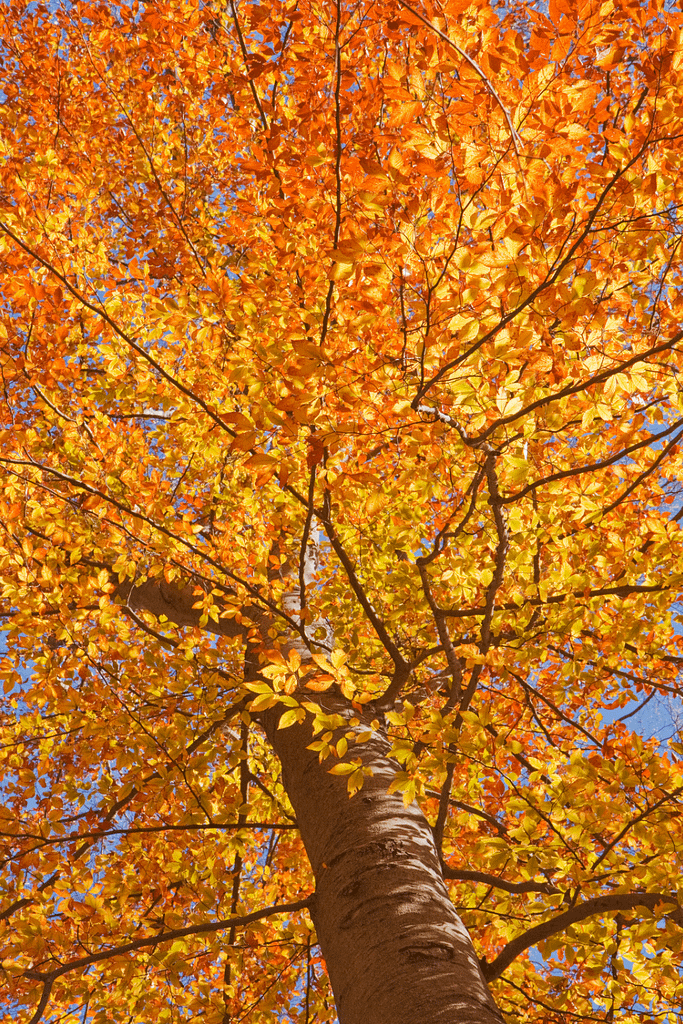
Birch Trees: Both the paper birch and yellow birch add beauty and diversity to the landscape, their distinctive barks and striking colors making them easy to spot.
These trees, along with numerous others, create a rich tapestry that supports a myriad of wildlife and offers a stunning visual feast for those who venture into the forest.
Wildlife Habitats
The White Mountain National Forest is a sanctuary for wildlife, providing diverse habitats that support a wide array of species. The forest’s varied topography and climate create microhabitats that are essential for both common and rare species.
Moose and White-tailed Deer: These majestic creatures roam the forest, often seen grazing in open meadows and along riverbanks.
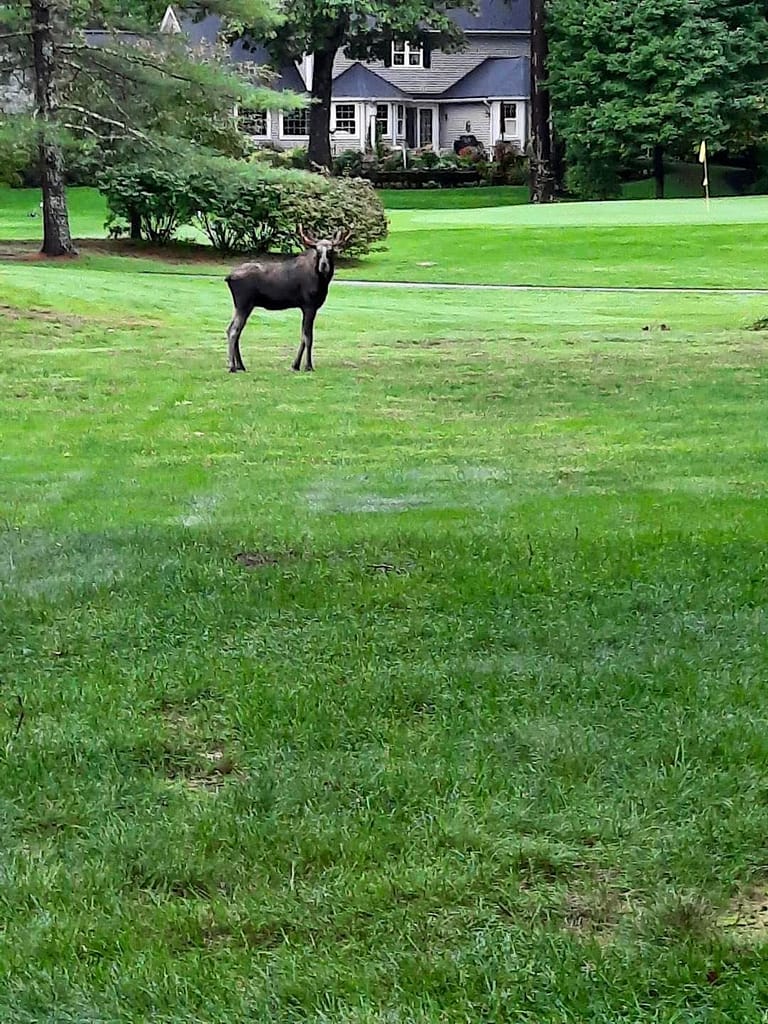
Black Bears: The forest’s dense thickets and abundant food sources make it an ideal home for black bears, who play a crucial role in the ecosystem.
Birds: From the haunting call of the loon to the vibrant plumage of the scarlet tanager, the forest is a birdwatcher’s paradise. Over 200 bird species have been recorded here.

Amphibians and Reptiles: The forest’s wetlands and streams support a variety of amphibians and reptiles, including frogs, salamanders, and turtles.
Fish: The pristine waters of the forest’s rivers and streams are teeming with fish, including brook trout and Atlantic salmon, offering excellent opportunities for anglers.

The intricate web of life within the White Mountain National Forest underscores the importance of conserving these habitats for future generations.
Wilderness Areas
The White Mountain National Forest boasts several designated wilderness areas, each offering a unique glimpse into the untouched beauty of the region.
Pemigewasset Wilderness: At over 45,000 acres, this is the largest wilderness area in the forest. It features rugged terrain, pristine rivers, and breathtaking vistas, making it a favorite among experienced hikers.
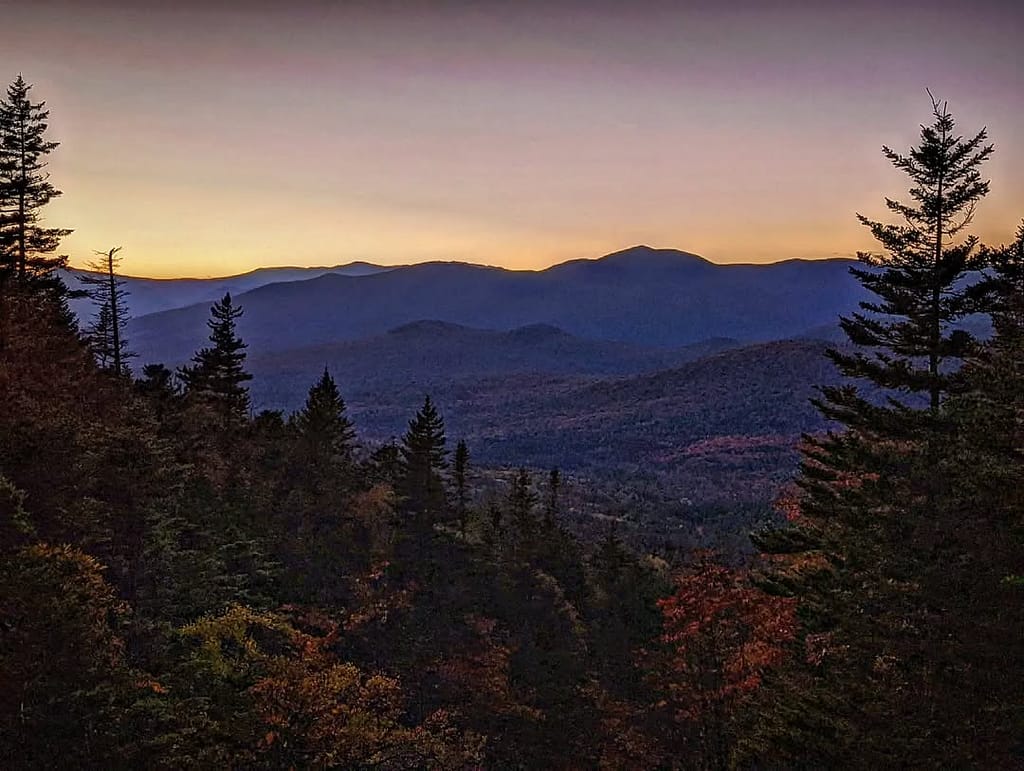
Presidential Range-Dry River Wilderness: Named for the Presidential Range, this area offers challenging trails and stunning views of Mount Washington and its neighboring peaks.
Sandwich Range Wilderness: This area is known for its diverse ecosystems and scenic trails, including the popular Sandwich Dome hike, which offers panoramic views of the surrounding mountains.

Caribou-Speckled Mountain Wilderness: Straddling the Maine-New Hampshire border, this wilderness area is less frequented, offering solitude and a chance to explore its dense forests and clear streams.
Great Gulf Wilderness: Nestled at the base of the Presidential Range, this area provides access to some of the most dramatic scenery in the White Mountains, including the headwaters of the Peabody River.

Each of these wilderness areas offers a different experience, from challenging backcountry hikes to peaceful nature walks, ensuring that every adventurer finds their perfect escape.
Outdoor Recreation Opportunities
The White Mountain National Forest is a playground for outdoor enthusiasts, offering a wide range of recreational activities year-round. Whether you seek adventure or relaxation, there’s something for everyone.
Hiking: With over 1,200 miles of hiking trails, including a segment of the Appalachian Trail, the forest offers treks for all skill levels. From short nature walks to multi-day backpacking trips, the options are endless.

Skiing and Snowboarding: During the winter months, the forest transforms into a snowy wonderland, with several ski resorts offering downhill and cross-country skiing.
Camping: Numerous campgrounds and backcountry sites provide opportunities for camping under the stars, surrounded by the sounds of nature.
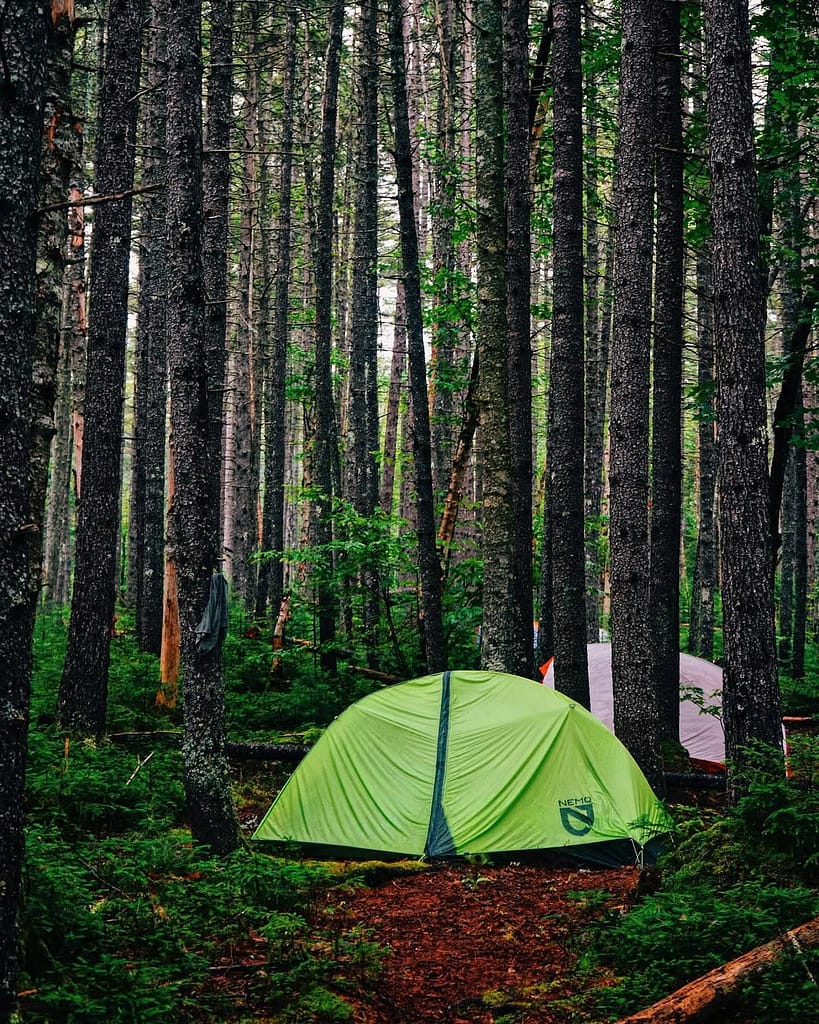
Fishing: Anglers can cast their lines in the many rivers, streams, and lakes, where trout and other fish abound.
Scenic Drives: For those who prefer a leisurely exploration, the Kancamagus Highway offers one of the most scenic drives in New England, especially during the fall foliage season.

Photography: The forest’s breathtaking landscapes and abundant wildlife present endless opportunities for photographers to capture the beauty of nature.
Whether you’re a thrill-seeker or a nature lover, the White Mountain National Forest invites you to explore its wonders and create lasting memories.
Impact on Surrounding Communities
The White Mountain National Forest is not just a haven for nature lovers; it plays a vital role in the economic and cultural life of the surrounding communities. The forest attracts millions of visitors each year, boosting local businesses and providing jobs in tourism, hospitality, and outdoor recreation. Moreover, it serves as an outdoor classroom, offering educational opportunities that foster a deeper understanding of the natural world.
The forest is also a source of pride for the residents of New Hampshire and Maine, symbolizing their commitment to conservation and the preservation of natural beauty. As a cherished resource, the White Mountain National Forest continues to inspire and enrich the lives of all who encounter its majestic landscapes.
Useful Links
Official Website of White Mountain National Forest: Explore more about the forest’s history, trails, and visitor information.
National Forest Foundation: Learn about conservation efforts and how you can support national forests across the United States.
Recreation.gov: Offers resources and guides for hiking and outdoor activities in the White Mountains.
Visit White Mountains: Provides information on attractions, accommodations, and events in the White Mountain region.
Photographer Credits
A heartfelt thank you to the incredible photographers who capture the breathtaking beauty of the White Mountain National Forest. Your stunning images bring the wilderness to life, inspiring adventurers everywhere. Follow their journeys on Instagram through the links provided and continue exploring the wonders of nature through their lens!
- Moose – White Mountain Hotel
- Pemigewasset + Sandwich Range Wilderness – Rebecca
- Great Gulf Wilderness – Patrick Hummel
- Camping – Patrick Casper
